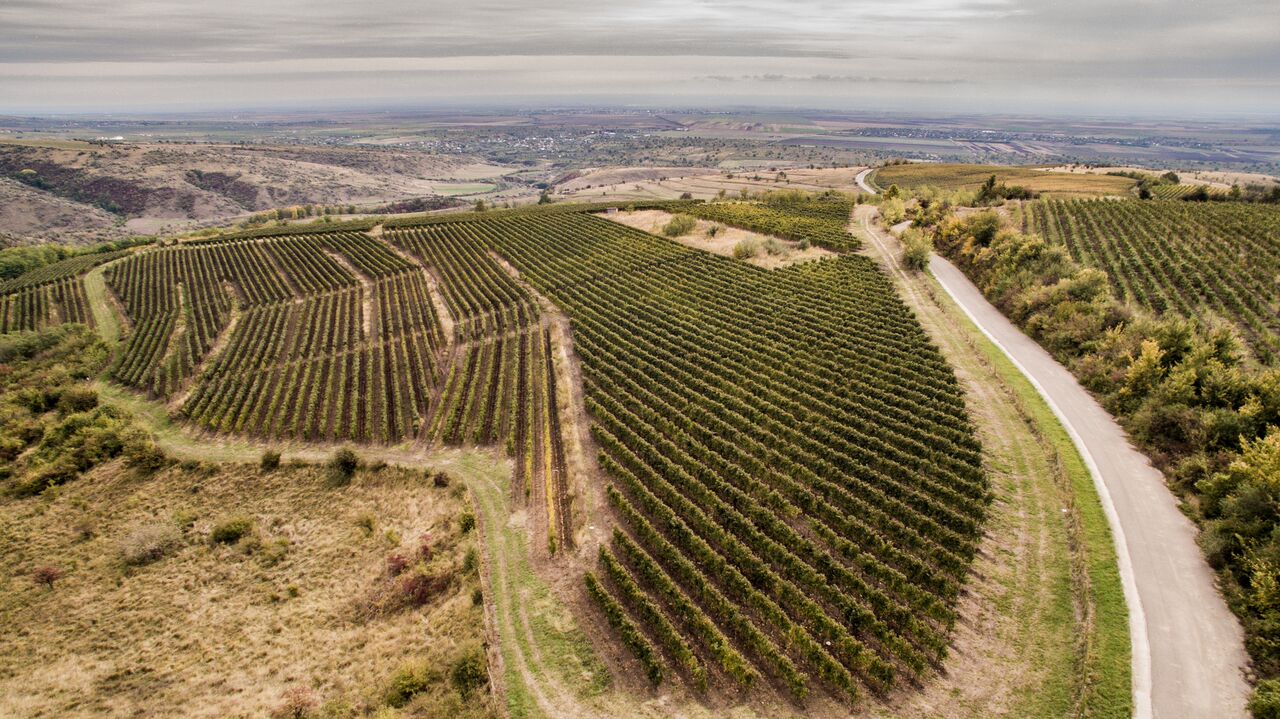
Liana Gabor grew up in Romania and moved to the UK when she was 16 to study. Fast forward to 2011 and she relocated to Kentish Town with her husband Philip, who’s been here over a decade. They are, she says, “very much involved in the community”. Liana set up Novitas Wines to showcase Romanian wine to Londoners.
How did it all start? I’m a lawyer by profession and so the wine business was mainly a hobby to begin with. Philip and I got married in Romania in 2013 and we had about a hundred guests from the UK, who very much enjoyed the local wine.
I realised Romania had a lot to offer in terms of new boutique, as well as large, wineries pretty much unknown to the UK. I saw a gap in the market and, with my sommelier qualification, decided to give it a go.
What’s the focus? Premium and super premium Romanian wine, from a handful of carefully selected wineries. I wanted the UK consumer to try a new quality of indigenous varieties, found only in Romania, at competitive prices.
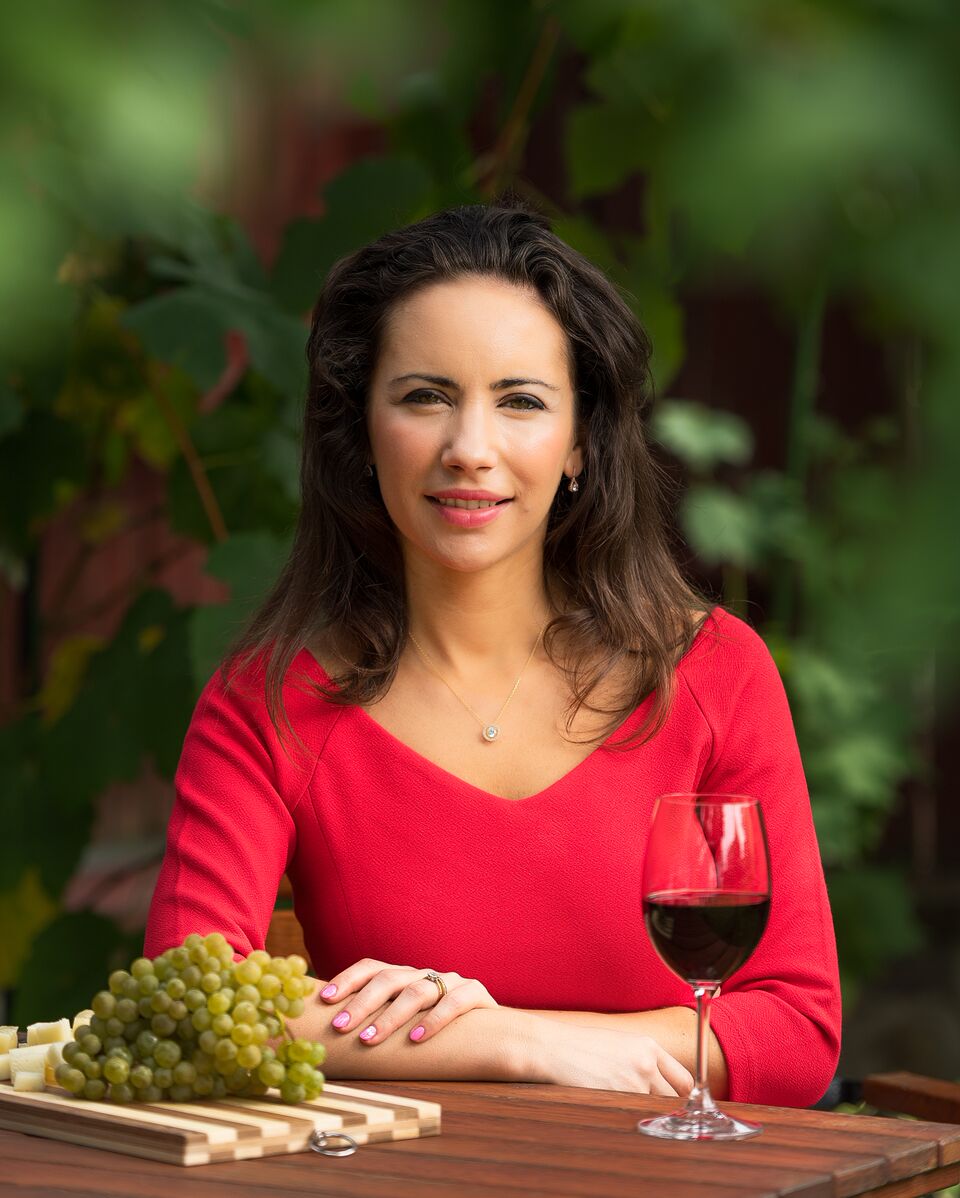
Why is Romanian wine so tasty? The country has some of the best raw materials in Europe: mature, healthy vines of Cabernet Sauvignon, Merlot, Pinot Noir and Sauvignon Blanc plus lesser known but most sought after indigenous red grapes such as Feteasca Neagra.
There are also a variety of wonderfully aromatic whites such as Muscat, Sarba, Feteasca Regala and many more. There’s massive variation in natural conditions between different parts of Romania, and we try to capture this in our wine offering.
Tell us more about the famous Feteasca Neagra grape. It’s the main indigenous red grape variety, producing full-bodied, robust wines characterised by plum and dried forest fruit flavours and wild cherry aromas. Our best example is the Cuvee Guy de Poix (see below).
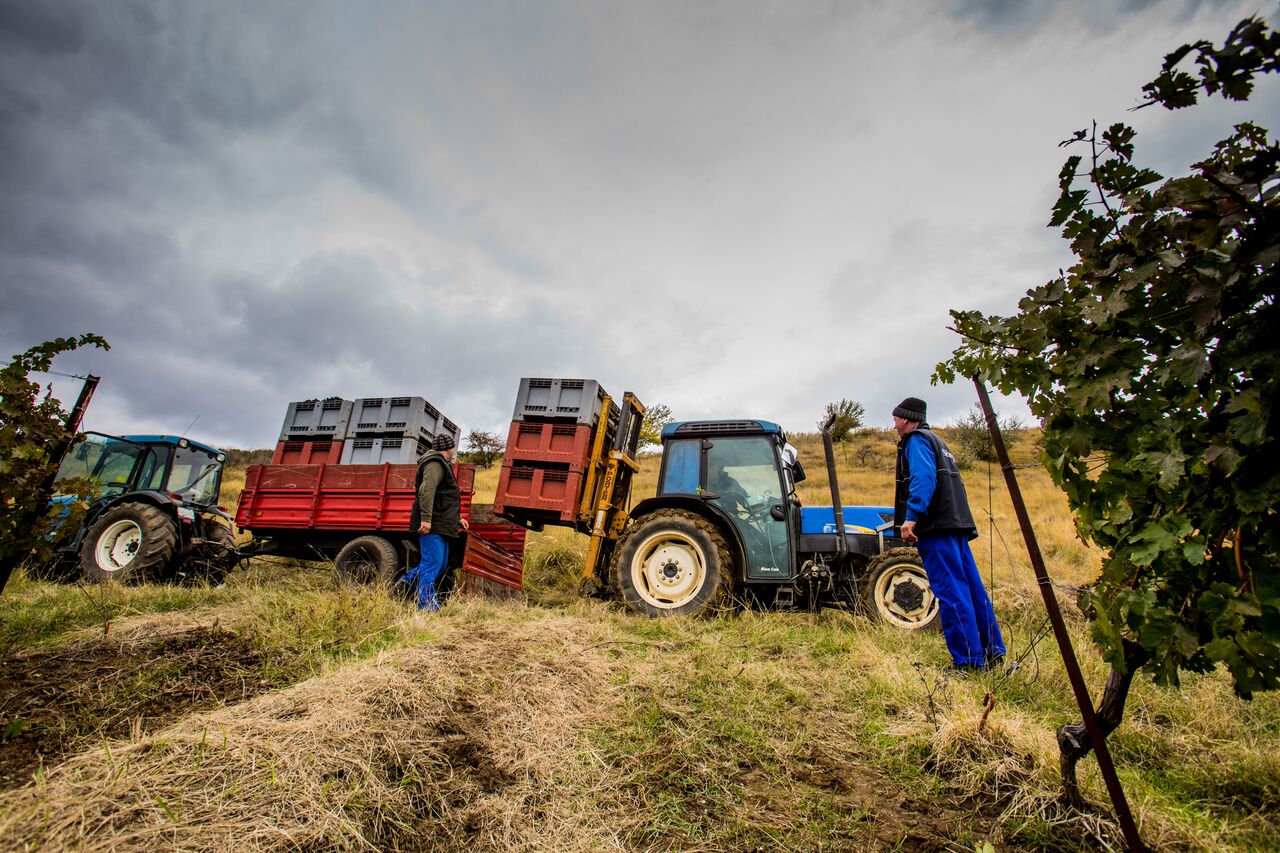
Is there a difference in perception between Romanian and other European wines? Romania’s brand as a wine country was influenced by its communist political past which did not support a wine industry at capitalist western standards, but rather focused on mass production which was not competitive immediately post-1989.
However, it has a great history in wine-making and possesses some of the best terroir in the world, which means it’s now the sixth largest wine producing country in Europe, and thirteenth in the world. There’s more land under vine than Australia, South Africa or Chile. And geographically it covers the same latitude as France, with grapes grown here for more than six thousand years.
About 75,000 acres of new, vineyards have been planted since 2007 when Romania joined the EU, representing almost a third of the country’s total planted area. So basically the massive investment in the country’s wine industry after 1990, and then again in 2007, plus the skills of French, Italian and New World winemakers who have been attracted to Romania – coupled with the benefits of the climate and terroir – has led to a wonderful renaissance of some superb wines.

Why is the ABV so high? High alcohol is due to the very hot climate in the summer, which means an intense sugar ripeness of the grapes, resulting in higher than usual ABV. It’s something the Romanian growers try to balance every year, to pick the grapes by phenolic ripeness to avoid an intense accumulation of sugars, but sometimes the two coincide if the summer is extremely hot (such as this summer over 40 degrees) and it is more difficult to achieve. You will also find that the alcohol may vary from vintage to vintage.
Where can we buy it? Online aside, there’s a great selection of our wines at both the Wine Cellar and Harry’s Fine Foods on Kentish Town Road. We also supply the Romanian Embassy in London, as well as a number of hotels and restaurants.
We host a number of wine tastings throughout the year. Our last tasting was at the Lansdowne Club, Mayfair – and we look forward to our next wine tasting this September at the Wine Cellar.
Liana’s top tips
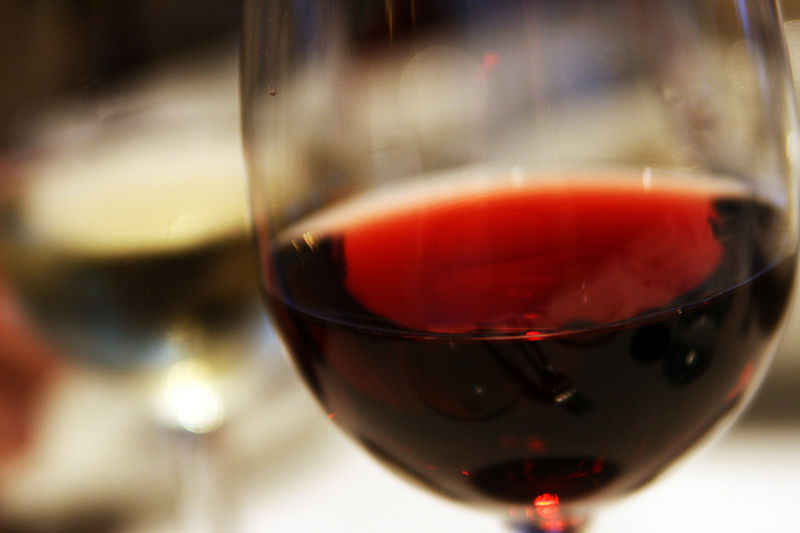
1. Decant your reds or let them breathe if you can’t decant before tasting. This ensures all the aromas and flavours are captured.
2. Always follow the serving temperature of the white wines.
3. Trust your instinct and your taste; do not be afraid of aromatic dry wines.
4. Be brave and try a new grape variety regularly: whether it is an Italian Soave or a Romanian Feteasca Neagra, you may be pleasantly surprised. The world of wine is always changing and incredibly fascinating to discover new wines.
Five to try
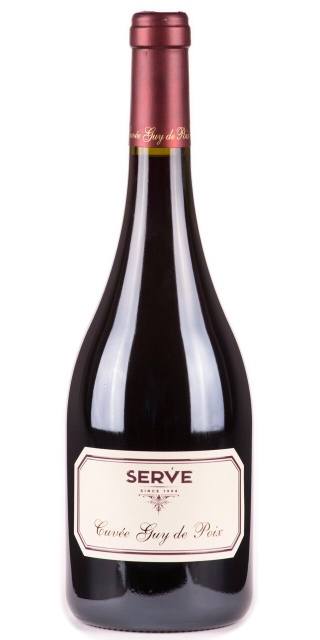
1. Terra Romana Cuvee Guy De Poix. The grape used is Feteasca Neagra – and this dry, full-bodied red is sensational: complex with ripe dark fruits and spices. It’s also a whopping 15.5% ABV.
2. Artisan Tamaioasa. A robust 14%. this dry, full-bodied white is Chablis-like in its honeyed, grassy way: very peachy with a hint or grapefruit.
3. Liliac White. A pale yellow-green colour, with a long finish, almost straw-like with a tangy citric fizz, and lozengey butteriness.
4. Liliac Merlot 14. A bone-dry red, and yet creamily wonderful: expect notes of black cherry and dark chocolate with a velvety long finish.
5. Tectonic Sarba. Nice and summery, a well-balanced white with elderflower and floral notes.


